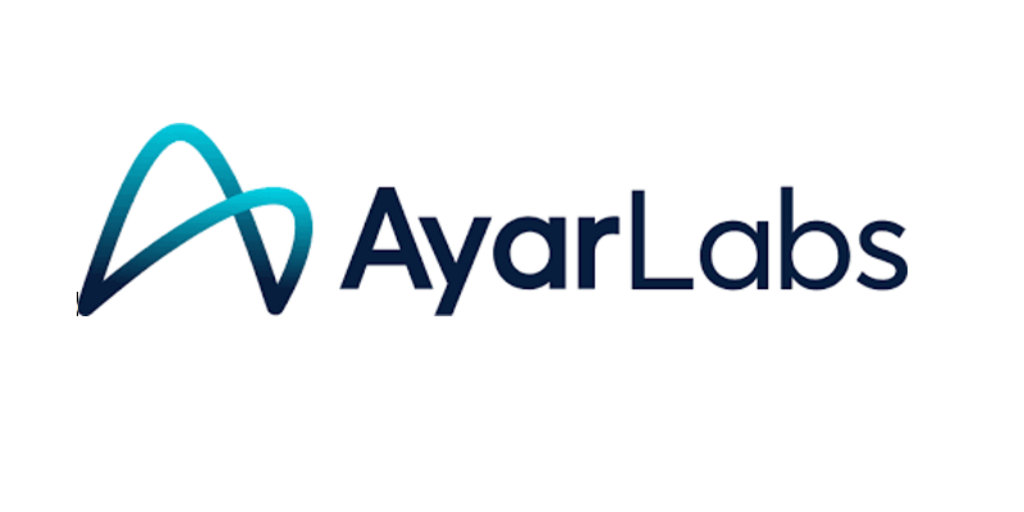Today One Stop Systems introduced the world’s first PCIe Gen 4 backplane. “Delivering the high performance required by edge applications necessitates PCIe interconnectivity traveling on the fast data highway between high-speed processors, NVMe storage and compute accelerators using GPUs or application specific FPGAs,” continued Cooper. “‘AI on the Fly’ applications naturally demand this capability, like the government mobile shelter application we announced earlier this year.”
DDN Accelerates Ai, Analytics, and Deep Learning at GTC
This week at GTC, DDN is showcasing its high speed storage solutions, including its A³I architecture and new customer use cases in autonomous driving, life sciences, healthcare, retail, and financial services. DDN next generation of A³I reference architectures include NVIDIA’s DGX POD, DGX-2, and the DDN’s AI400 parallel storage appliance. “DDN’s commitment to developing highly parallel and scalable architectures matches well with the high performance requirements of compute and AI applications.”
GPU Technology Conference to put HPC and Ai front and center
NVIDIA’s GPU Technology Conference (GTC) kicks off today in Silicon Valley. In this video, Ned Finkle from NVIDIA previews some of the public sector sessions this week at GTC. “GTC is the premier AI and deep learning conference, providing training, insights, and direct access to experts from leading research institutions and national labs. At GTC, you can explore hundreds of sessions on cutting edge AI research and applications across industries.”
Quobyte to showcase software defined storage for Machine Learning at GTC
Today Quobyte announced announced plans to showcase distributed storage technology at NVIDIA’s GPU Technology Conference in Silicon Valley next week. Quobyte software defined storage turns commodity servers into a reliable and highly automated data center file system. “As machine learning increasingly becomes an indispensable tool for organizations looking to make critical decisions derived from their cumulative data, there is an increasing need for unified storage infrastructure that enables faster results and the ability to fully leverage GPUs,” said Bjoern Kolbeck, Quobyte co-founder and CEO. “We are excited to have the opportunity to present to attendees of NVIDIA’s GTC how they can quickly and easily speed up their ML workloads by overcoming data challenges associated with scale, throughput and access to all data throughout the organization.”
NVIDIA CEO Jensen Huang to Keynote World’s Premier AI Conference
NVIDIA founder and CEO Jensen Huang will deliver the opening keynote address at the 10th annual GPU Technology Conference, being held March 17-21, in San Jose, Calif. “If you’re interested in AI, there’s no better place in the world to connect to a broad spectrum of developers and decision makers than GTC Silicon Valley,” said Greg Estes, vice president of developer programs at NVIDIA. “This event has grown tenfold in 10 years for a reason — it’s where experts from academia, Fortune 500 enterprises and the public sector share their latest work furthering AI and other advanced technologies.”
Video: Bill Dally Keynote on Accelerated Machine Learning from GTC Israel
In this video from GTC Israel, Bill Dally from NVIDIA gives a keynote talk on accelerated computing for Machine Learning and HPC. “GTC is the largest and most important event of the year for GPU developers. GTC and the global GTC event series offer valuable training and a showcase of the most vital work in the computing industry today – including artificial intelligence and deep learning, virtual reality, and self-driving cars.”
The Simulation of the Behavior of the Human Brain using CUDA
Pedro Valero-Lara from BSC gave this talk at the GPU Technology Conference. “The attendees can learn about how the behavior of Human Brain is simulated by using current computers, and the different challenges which the implementation has to deal with. We cover the main steps of the simulation and the methodologies behind this simulation. In particular we highlight and focus on those transformations and optimizations carried out to achieve a good performance on NVIDIA GPUs.”
Brain Research: A Pathfinder for Future HPC
Dirk Pleiter from the Jülich Supercomputing Centre gave this talk at the NVIDIA GPU Technology Conference. “One of the biggest and most exiting scientific challenge requiring HPC is to decode the human brain. Many of the research topics in this field require scalable compute resources or the use of advance data analytics methods (including deep learning) for processing extreme scale data volumes. GPUs are a key enabling technology and we will thus focus on the opportunities for using these for computing, data analytics and visualization. GPU-accelerated servers based on POWER processors are here of particular interest due to the tight integration of CPU and GPU using NVLink and the enhanced data transport capabilities.”
Pre-exascale Architectures: OpenPOWER Performance and Usability Assessment for French Scientific Community
Gabriel Hautreux from GENCI gave this talk at the NVIDIA GPU Technology Conference. “The talk will present the OpenPOWER platform bought by GENCI and provided to the scientific community. Then, it will present the first results obtained on the platform for a set of about 15 applications using all the solutions provided to the users (CUDA,OpenACC,OpenMP,…). Finally, a presentation about one specific application will be made regarding its porting effort and techniques used for GPUs with both OpenACC and OpenMP.”
Video: Liqid Teams with Inspur at GTC for Composable Infrastructure
In this video from GTC 2018, Dolly Wu from Inspur and Marius Tudor from Liquid describe how the two companies are collaborating on Composable Infrastructure for AI and Deep Learning workloads. “AI and deep learning applications will determine the direction of next-generation infrastructure design, and we believe dynamically composing GPUs will be central to these emerging platforms,” said Dolly Wu, GM and VP Inspur Systems.













